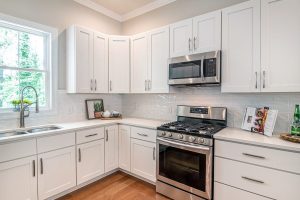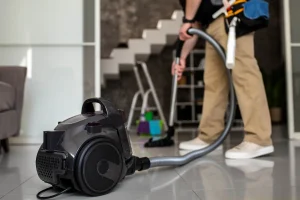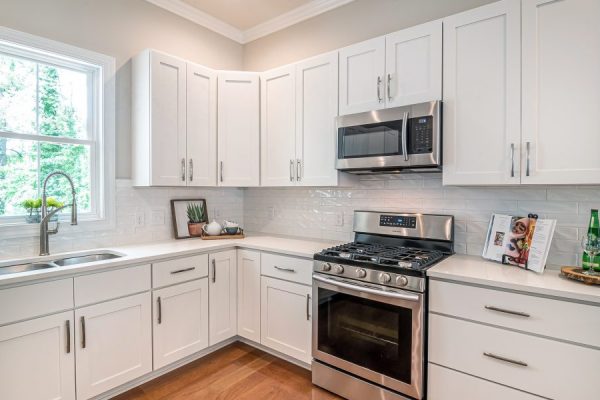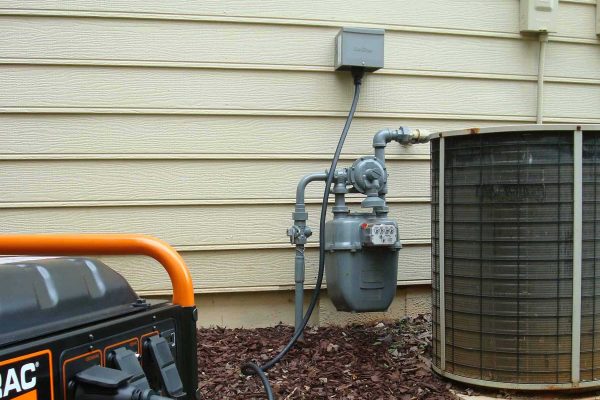Winterizing your plumbing means preparing your home’s water system for cold weather to stop your pipes from freezing and bursting. When water freezes, it expands, and that pressure can crack or break pipes. This can lead to expensive water damage and repairs.
This is especially important if you’re leaving your home for a while during the winter, like many people who travel to warmer places. A Plumbing In Leighton Buzzard professional can help drain and winterize your pipes properly. The goal is to make sure there’s as little water as possible left in the pipes. Less water means less risk of freezing.
How to Winterize Indoor Plumbing
Follow these eight simple steps to protect your plumbing inside the house:
- Shut off the main water valve – You’ll usually find this where water enters your home (like in the basement or utility room). After turning it off, open all the faucets to let water drain out. Open one faucet upstairs and one downstairs to help water flow out faster.
- Turn your water heater to low or vacation mode – This keeps the tank from freezing and saves energy while you’re away.
- Flush the toilets – After draining the system, flush every toilet to remove leftover water from the tank and bowl. For extra protection, pour some safe antifreeze into each tank and bowl to keep the seals from drying out.
- Pour antifreeze in drains – Add antifreeze to all sink, tub, floor, and shower drains. This keeps the water in the traps from freezing and stops bad smells from coming up.
- Leave the heat on – Don’t turn off your heat! Keep your thermostat set to at least 55°F to keep your pipes warm enough.
- Open sink cabinet doors – This lets warm air get to the pipes under kitchen and bathroom sinks.
- Wrap exposed pipes – Use pipe insulation or foam sleeves on pipes in cold areas like basements, crawl spaces, or near outside walls.
- Keep your garage door closed – Cold air can come in through the garage and freeze nearby pipes. Adding a rubber strip to the bottom of the door helps keep heat in and drafts out.
How to Winterize Outdoor Plumbing
Don’t forget about your outside water lines. Here are four steps to protect them:
- Turn off outdoor water supply valves – These are usually located indoors. Once off, open outside faucets until all the water drains out.
- Disconnect hoses – Take off garden hoses and fittings. Any water left inside can freeze and damage the faucet or the hose.
- Clean gutters and downspouts – Clear out leaves and dirt to stop water from getting trapped and freezing.
- Seal cracks and holes – Use caulk or sealant to block any openings around doors, windows, or walls where cold air might sneak in.
Pipes in unheated areas, on outside walls, or in crawl spaces are most at risk of freezing. If you’re unsure how to winterize your home, call a licensed plumber for help.








